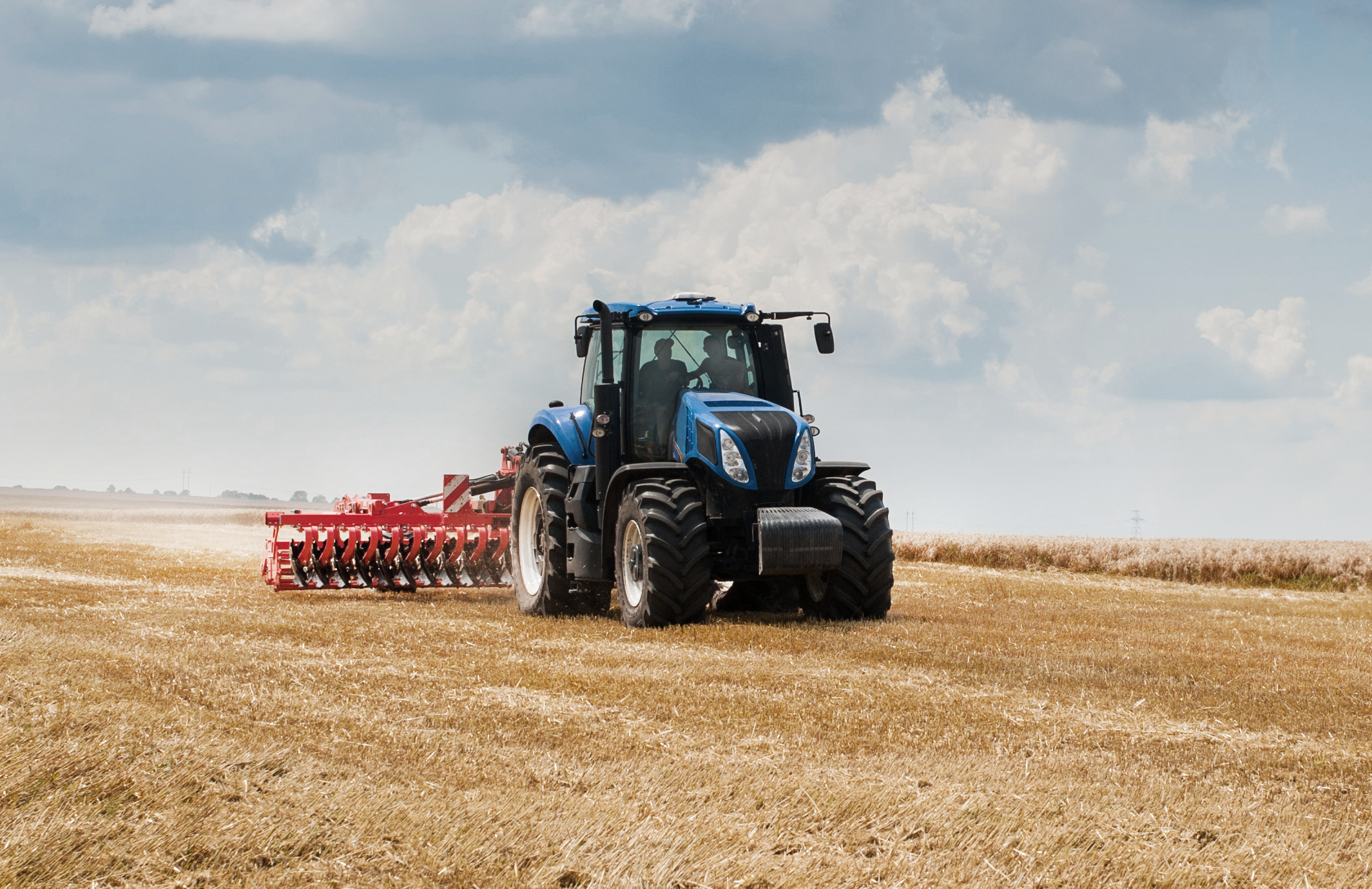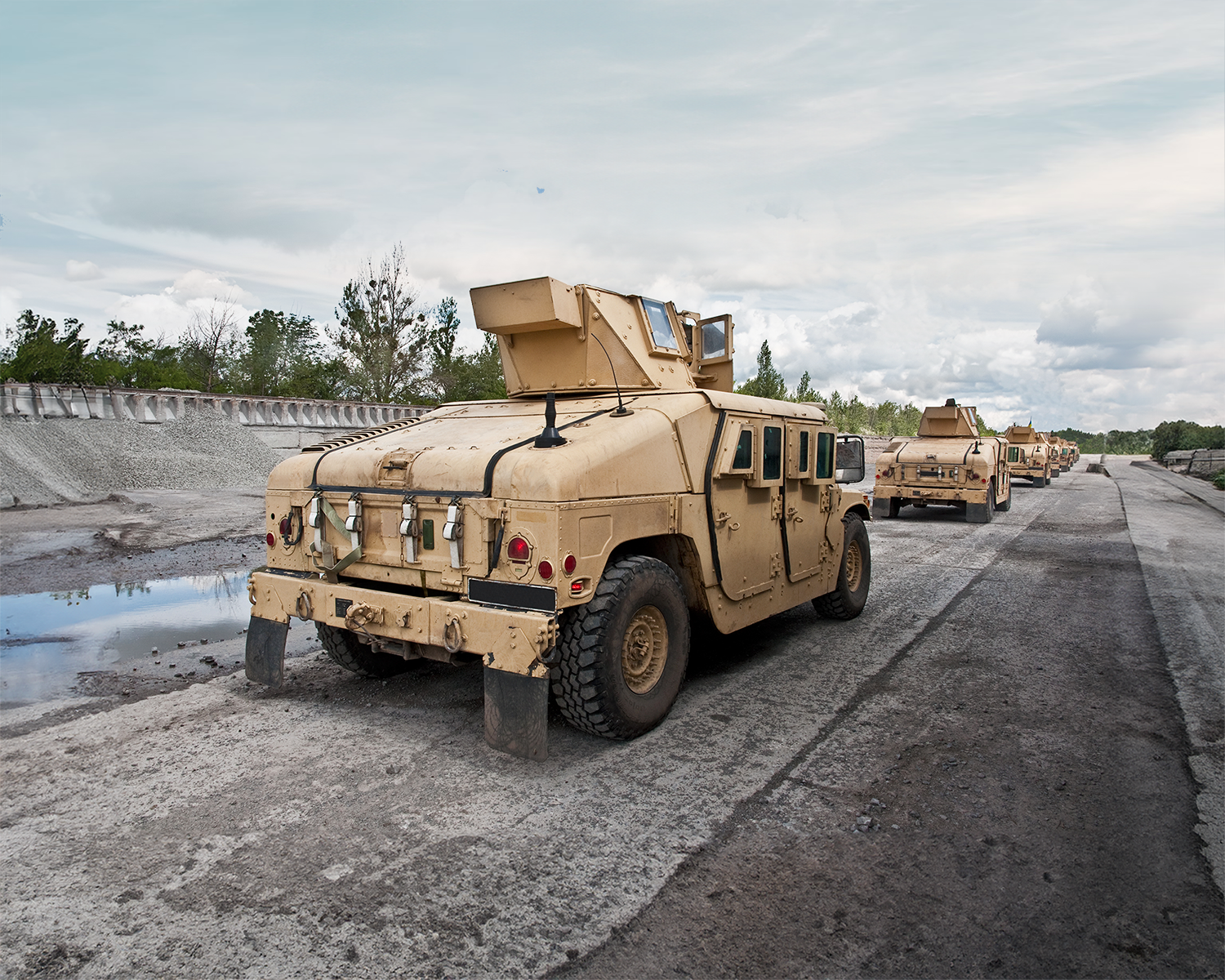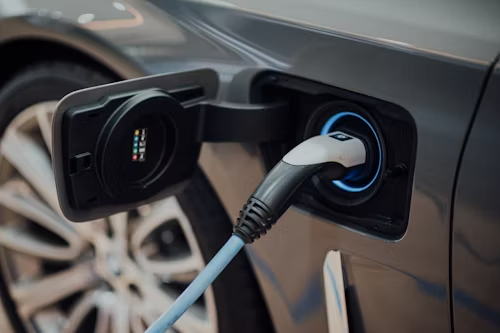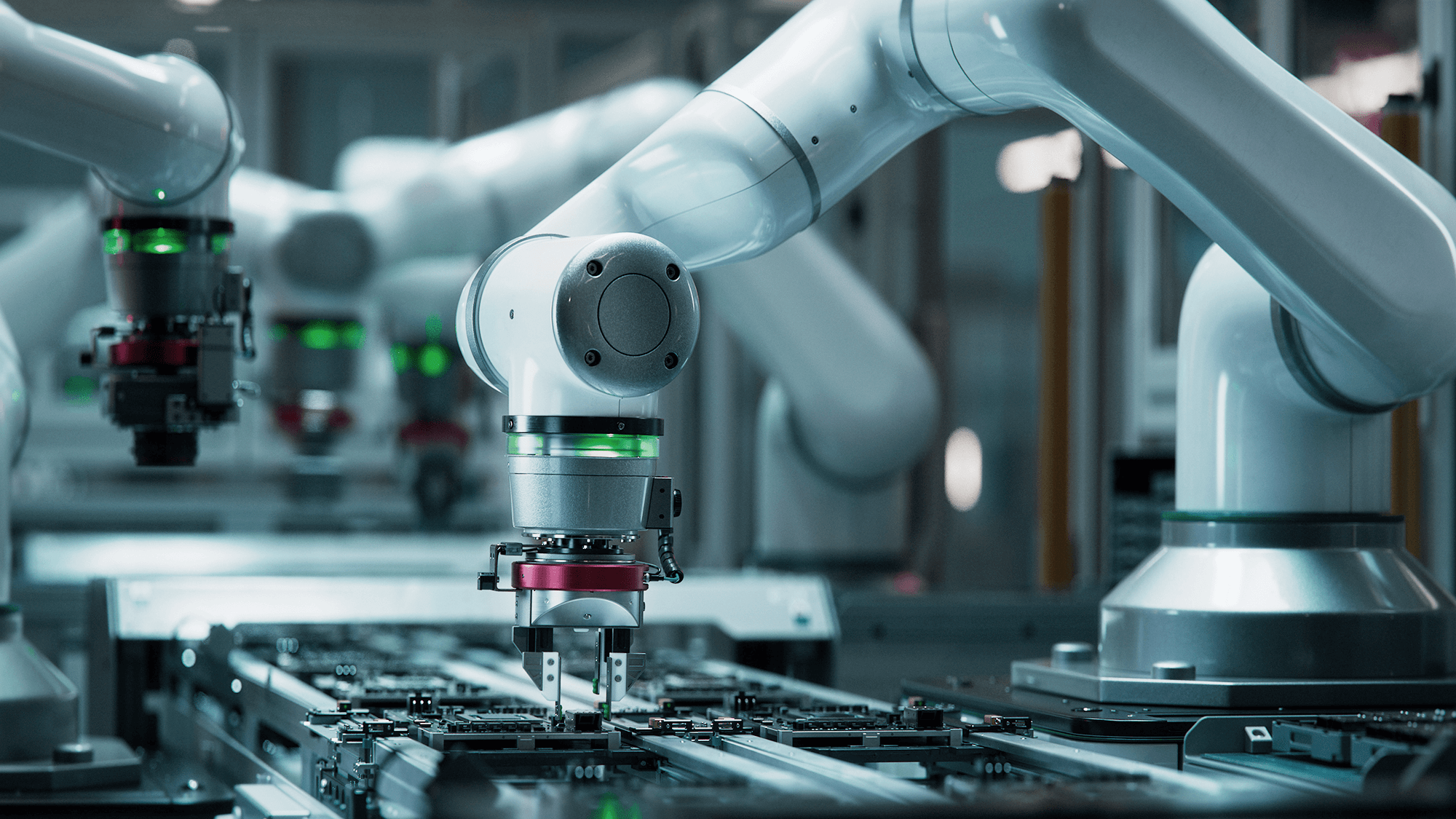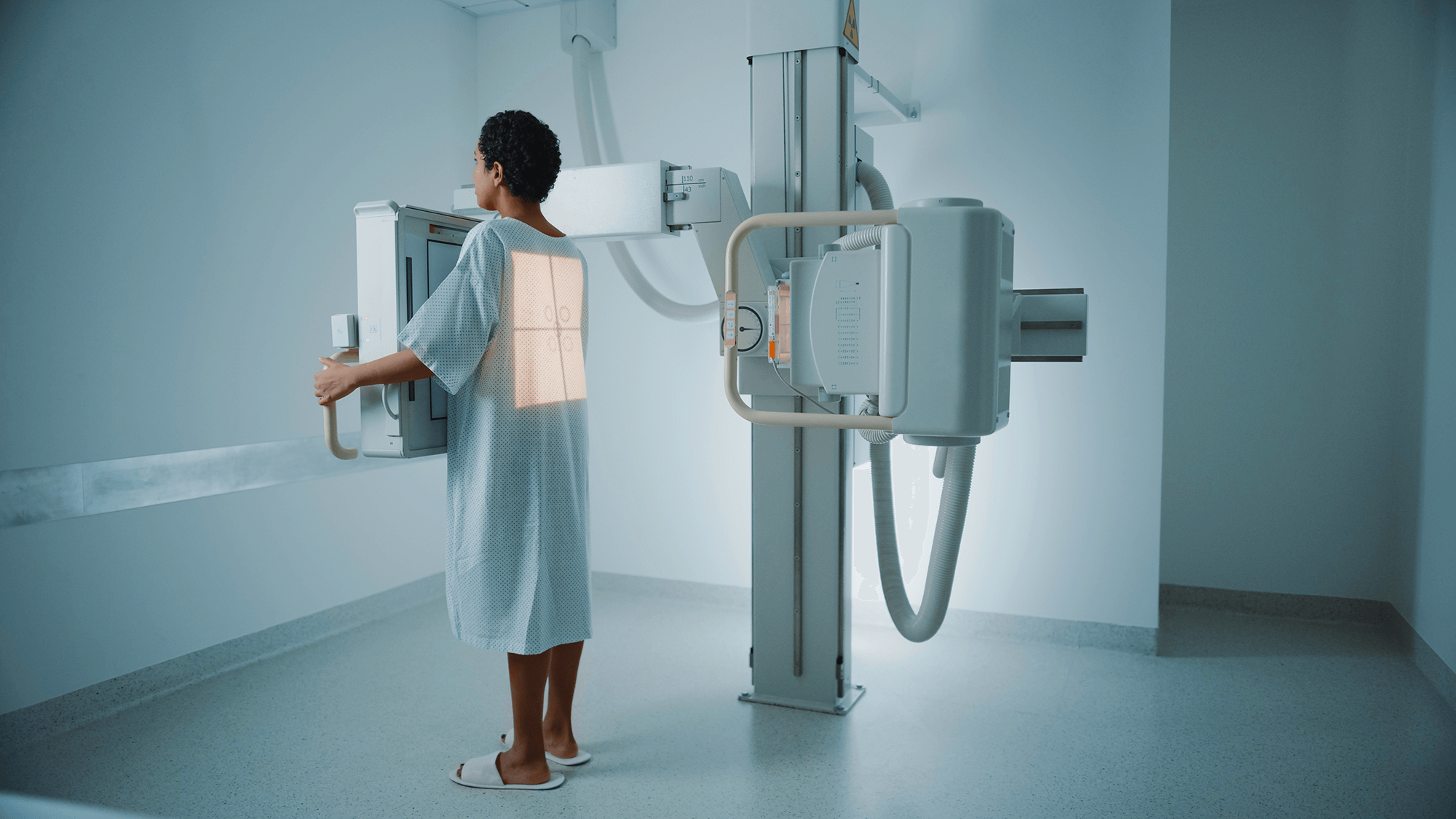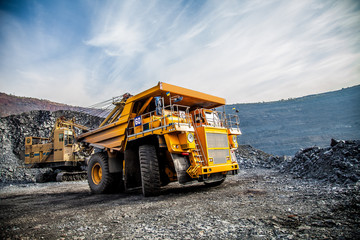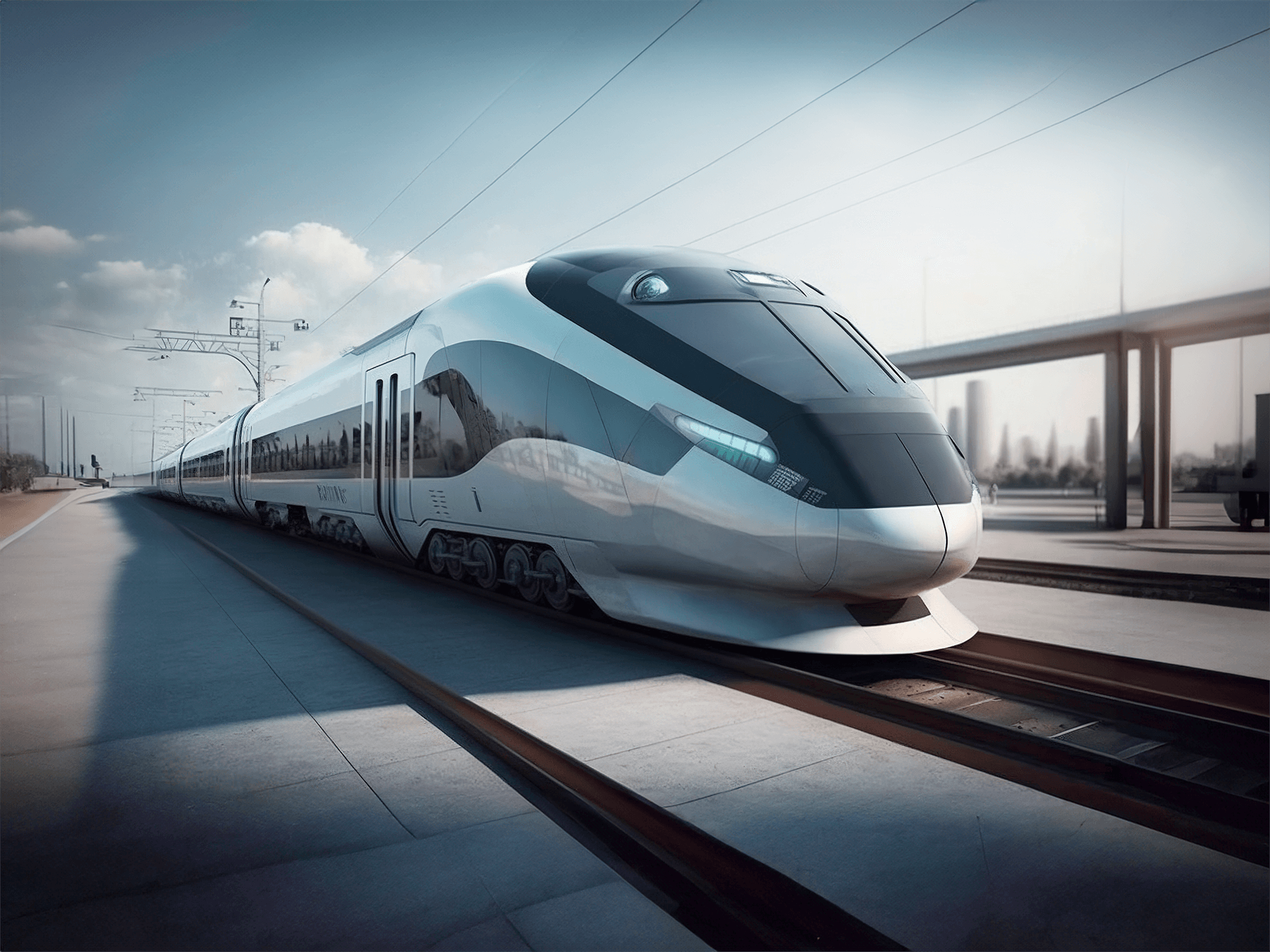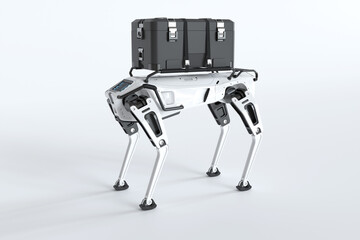Solutions
Kvaser’s advanced CAN bus solutions cater to engineers in various sectors, from automotive to industrial automation, avionics, marine, medical, and military applications. Whether designing vehicles, optimizing industrial processes, ensuring aviation safety, navigating marine technology or developing medical devices, Kvaser’s solutions provide the crucial link to CAN data. With Kvaser, engineers across industries can streamline their work processes and drive innovation forward with rock-solid reliability.
Applications
Analysis
Monitor and analyze CAN messages on the bus. Check error codes, bus speed, and more.
Test & Calibration
Tests are necessary to ensure the safety and performance of a system. Test equipment is used to measure and record key parameters to verify the performance of components and assemblies, and the system as a whole. Calibration ensures quality in the measurement process and compliance with the requirements of a standard. Eliminating or minimizing the cause of inaccurate measurement is a fundamental aspect of both test and calibration.
Diagnostics & Flashing
Tools for developing diagnostic functionality in any system, including ECUs. These include pre-generated diagnostic software components that will help developers and engineers to create reliable diagnostic functions and sequences that work throughout the test chain.
Data Aquisition
Software for data management and analysis in real-time and post-measurement. Some packages include provision for gathering video, gps and data from other sensors.
Industries
Aerospace
The aerospace industry was relatively quick to recognise the controller area network’s (CAN’s) reliability.
Agriculture
ISO 11783 defines a communication protocol for the operation and control of agricultural implements and is based on the SAE J1939 protocol, which in turn is based on CAN bus.
Automotive
The Controller Area Network (CAN) protocol was developed for the automotive industry and has since found widespread application elsewhere.
Bus and Truck
Modern buses and trucks incorporate electronic modules, microcontrollers, devices, actuators and sensors to facilitate their efficient control and operation.
Battery Management
With a dominance of Lithium Ion (Li-Ion) batteries in most energy storage applications, BMS have become the critical enabler, from both a functionality and safety perspective.
Electric Vehicles
Electric vehicles (EVs) are a fast-growing part of the automotive market. Bosch expects that 85 to 90 million cars will be produced worldwide in 2015.
Industrial Automation
The industrial automation / control sector has a long history with CAN. Indeed, some of the first users of CAN were not from the automotive industry at all, but from the textile machine manufacturing sector.
Marine
From small pleasure boats and tugs, to cruise ships, icebreakers and oil rigs, CAN has long been viewed as the communications protocol of choice for many marine electronics systems.
Medical
Philips Medical Systems was one of the first medical device manufacturers, if not the first, to decide to use CAN for the internal networking of their X-ray machines.
Mining
Mining environments offer performance challenges to electrical systems, in addition to the requirement of extreme safety and reliability – an ideal use of CAN bus.
Railway
Today, CAN and CANopen solutions run on a wide variety of trains such as locomotives, coaches, urban/regional/international trains, high-speed trains, trams, monorails and metros, etc.
Robotics
As the most widely used bus architecture in automotive design, the Controller Area Network (CAN) is suited to any control system where a network architecture is needed.
Solar
From solar cars to solar fields, via solar powered telescopes, CAN (Controller Area Network) has been chosen as the communications protocol of choice in a number of solar systems.

